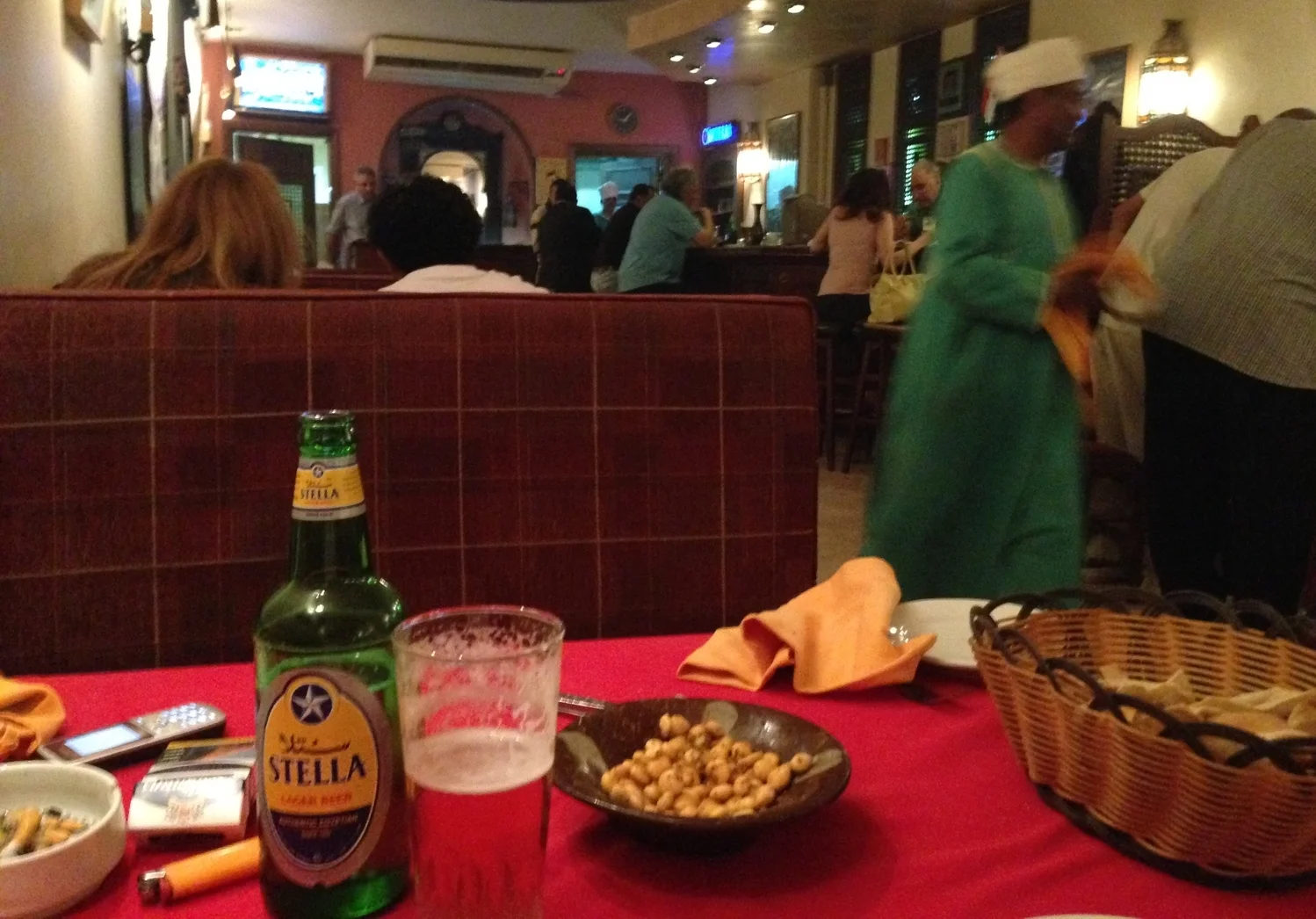For thinking about how the collective memory of revolution is being created right now, even as the revolution regains its steam, there is no better place to start than with Mona Prince’s remarkable memoir of the 25 January Uprising. Self-published (and largely self-distributed) by the author in 2012, Revolution is My Name (Ismi Thawra) tells the story of revolution as it unfolds over eighteen days. It is a literary memoir in the best sense of the word. By this, I mean that it expresses and reflects on, rather than documents a set of lived experiences. Moreover, it is not merely a story about the unfolding of a revolution as told by a participant who was there. Arguably, the more important story is about the character of the narrator developing as an evolving, complicated revolutionary.
“Evolving” and “complicated” are keywords insofar as they signal a basic tenet of modern humanism, namely that incompleteness and ambiguity are core to the experience of being human. This version of humanism is a source of strength in Prince’s account of revolutionary times. Her character and the characters around her struggle not just against an oppressive state, but also with the fact that they have no sacred texts to guide them. Lacking the confidence of righteousness or assured victory, Prince understands that humility and humor are even better. Hers is an improvised revolution, with nothing but a loose set of pragmatic, humanist precepts to follow: treat fellow Egyptians with respect; appeal to reason, not force; be generous when possible; understand that laughter bends swords. This brand of pragmatic humanism has been one of the core strengths of the Egyptian revolution all along. When ascendant, the revolution moves forward, inclusive, utopic, realist. When eclipsed, chaos ensues.
Though a strength in the Midan, this kind of humanism is also a vulnerability as Prince has come to experience in her own life. In recent weeks, a series of spurious charges have been made against her by Islamists at the campus where she teaches, Suez Canal University. Though the case is serious—and involves threats to Prince’s life—the charges themselves are ludicrous, the product of a wider effort on the part of empowered Islamists to clamp down on the kind of humanist discourse we see in her memoir. [4]. But odds are that Prince will endure and triumph. Already before the publication of Revolution is My Name, Prince was an dynamic author, translator and literary critic. With this memoir, Prince’s presence on the Egyptian scene is now firmly established. (Read More)

